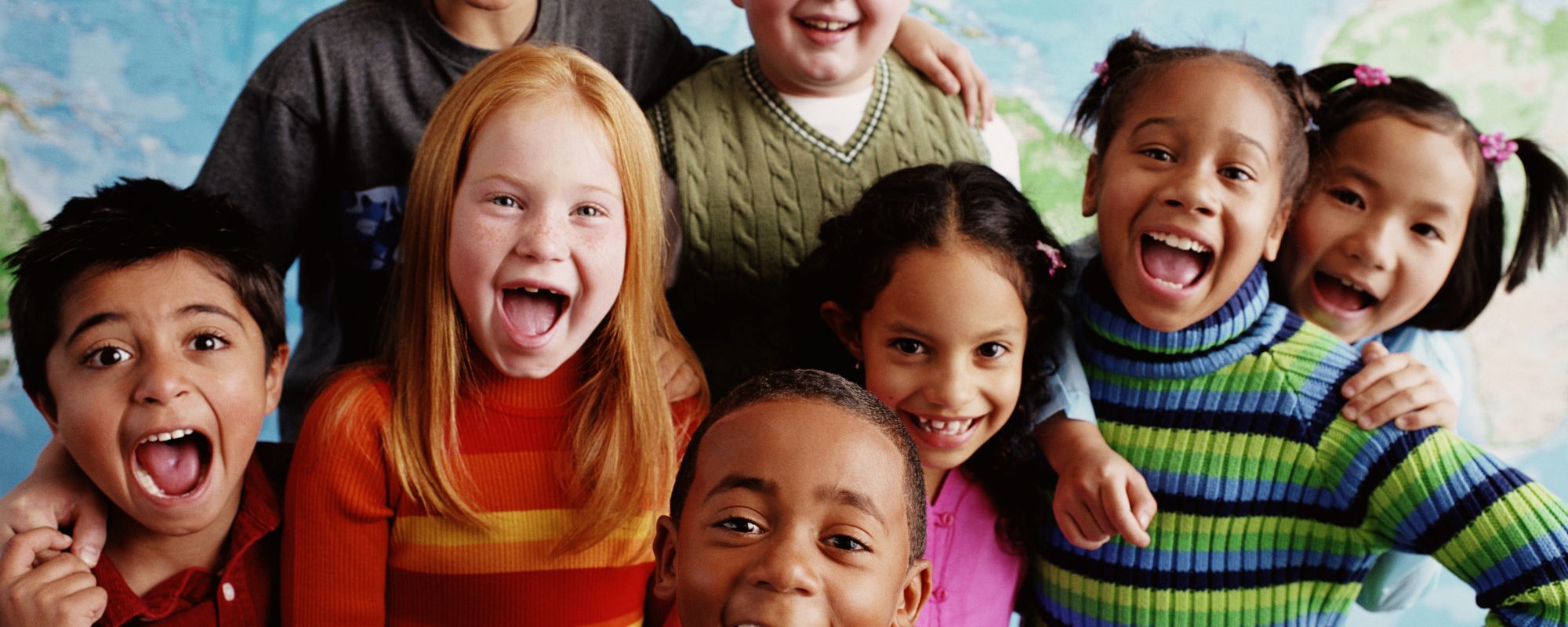Research tells us that a positive school climate is associated with increased student engagement and prosocial behaviors as well as improved academic performance and social-emotional development (Bradshaw, 2015; Konold, 2017; Thapa et al., 2015). Unfortunately, school climate experiences can systematically differ for students of color (Konold et al., 2017), which may be due, in part, to inequitable discipline practices (Bottiani et al., 2017). School-wide positive behavior support initiatives, social emotional learning programs, and culturally responsive classroom practices have been found to improve school climate (with some evidence of reducing disparities), while also decreasing disruptive behaviors, improving academic performance, and decreasing suspensions and truancy (Pas et al., 2019; Bradshaw et al., 2018; CASEL, 2019).
What Can Educators Do?
School-wide and Institutional Efforts
- Establish positive behavioral expectations and reinforce them school-wide.
- Make schools “softer,” not “harder,” by providing holistic supports and more social-emotional learning opportunities for students, teachers, and caregivers.
- Examine discipline data and use available resources to identify and remedy the root causes of any racial disparities found in office discipline referrals and suspensions.
Culturally Responsive Practices
- Develop authentic relationships with students to create a sense of trust and community in the classroom; focusing on students’ strengths and praising their efforts are great places to start!
- Demonstrate sensitivity to students’ cultures by acknowledging and accepting differences; bring difference into classroom instruction as a resource for learning.
- Show your students that you know them and that you want to know them; ask them about their experiences and make responsive connections to the curriculum.
- Help students build community through peer tutoring opportunities, buddy systems, and cooperative learning activities.
- Teacher coaching and school-wide professional development activities combined have been found to increase a teacher's culturally responsive teaching strategies.
